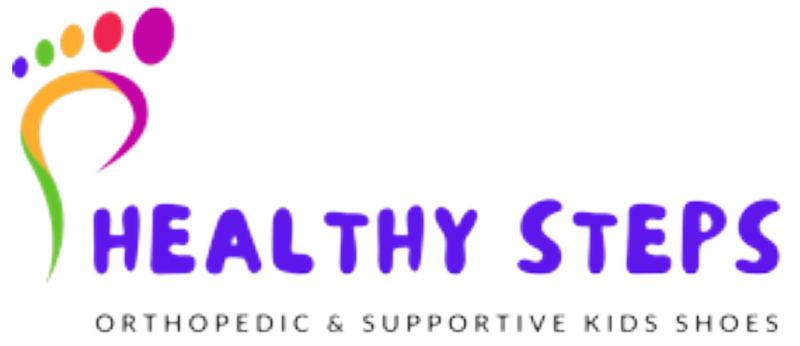When it comes to children’s health, every parent wants to make the best choices. While much attention is given to diet, exercise, and education, the role of footwear in a child’s development is often overlooked. Traditional footwear, though commonly used, may not always be the best option for supporting the natural growth and development of children’s feet. In this article, we explore the potential effects of traditional footwear on children’s foot health and why parents should reconsider their choices.
The Importance of Healthy Foot Development
The early years of a child’s life are critical for foot development. A child’s feet are soft and malleable, allowing them to adapt as the child grows. However, this adaptability also makes them susceptible to deformation if placed under undue pressure. Proper foot development lays the foundation for a child’s mobility, balance, and posture in later life, making it essential to provide the right support during these formative years.
Scientific Insights: What the Research Says
Studies in the Journal of Foot and Ankle Research highlight that children who frequently wear traditional footwear may face higher risks of developing foot deformities and mobility issues. Unlike barefoot walking, which allows the foot to move and flex naturally, traditional shoes often restrict movement, leading to underdeveloped muscles and tendons.
The Effects of Traditional Footwear on Children’s Feet
- Restricted Movement: Traditional footwear often has rigid soles and limited flexibility, hindering the natural movement of the foot. This can result in stiffness and reduced mobility over time.
- Impact on Muscle Development: Shoes that do not allow free movement can weaken the muscles in the feet, affecting overall foot strength and function.
- Impeded Balance and Coordination: Proper balance depends on the foot’s ability to sense the ground and adapt to uneven surfaces. Thick, inflexible soles in traditional footwear may interfere with this natural process, reducing balance and coordination skills.
Common Health Issues Linked to Traditional Footwear
- Flat Feet: Prolonged use of unsupportive footwear can lead to the collapse of the foot arch, causing flat feet.
- Toe Deformities: Shoes with a narrow toe box can squeeze the toes, potentially resulting in deformities such as hammer toes.
- Joint Pain: Poor footwear choices can misalign the body’s posture, leading to strain on the knees, hips, and spine, which may result in joint pain as the child grows.
Conclusion: Rethinking Footwear Choices
The effects of traditional footwear on children’s foot development should not be underestimated. Parents play a crucial role in ensuring their children’s feet grow healthily by providing footwear that supports natural movement and development. In the next part of this series, we will discuss how to choose the right footwear to promote optimal foot health for children.
By making informed decisions, parents can give their children’s feet the best possible start in life, setting them up for a future of healthy, pain-free mobility. At Healthy Steps, we are dedicated to providing footwear solutions that prioritise the health and well-being of children’s feet.

